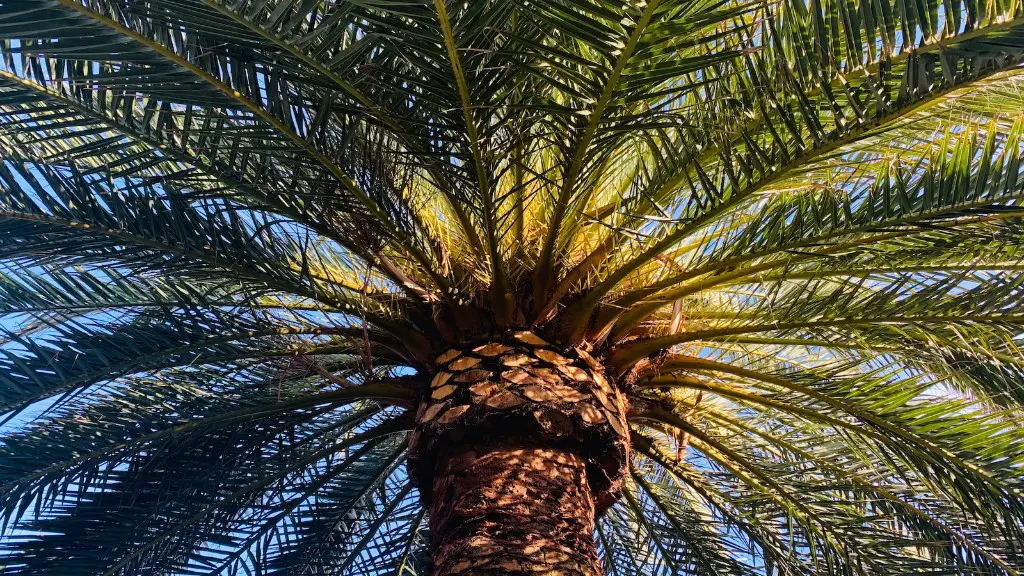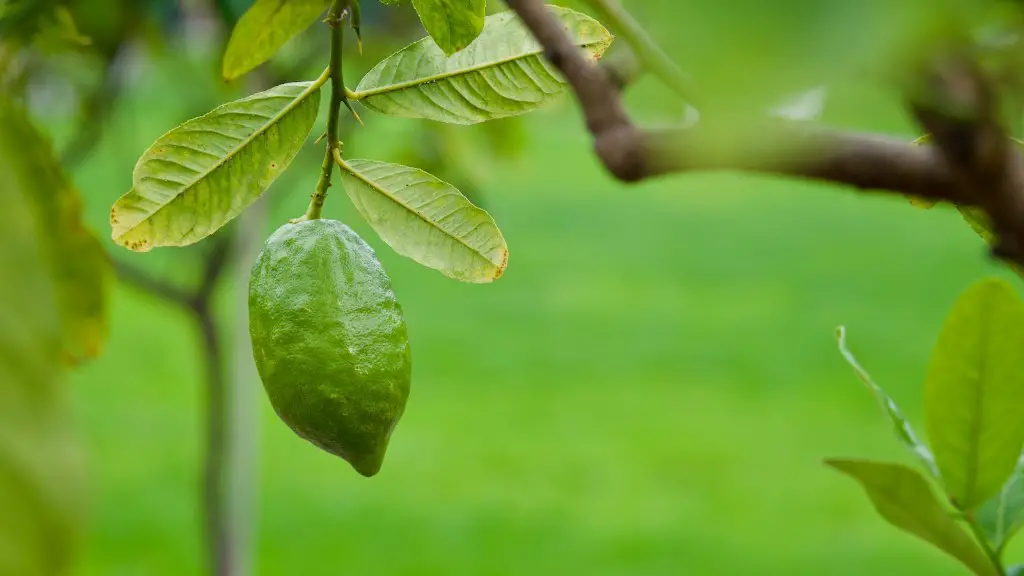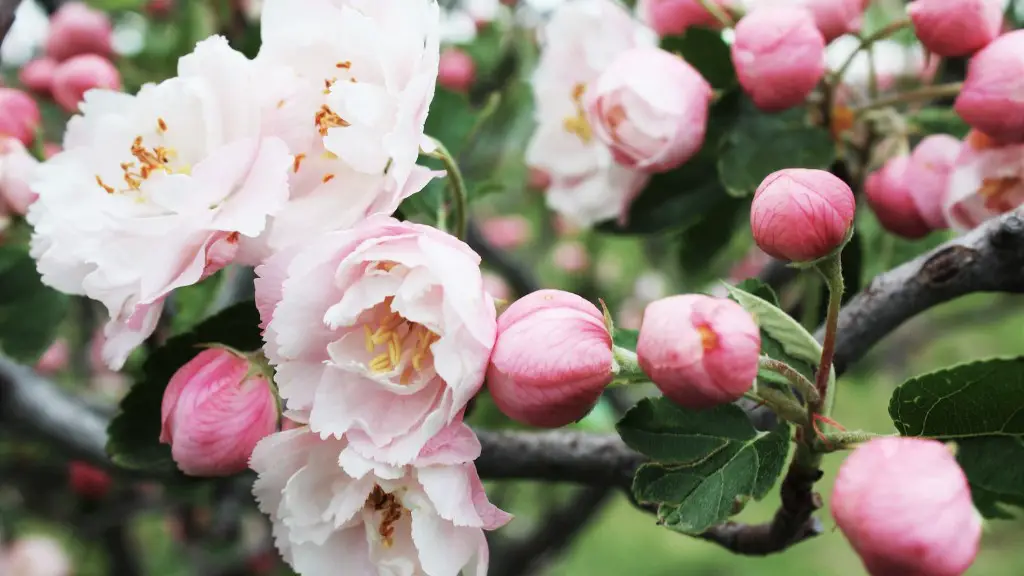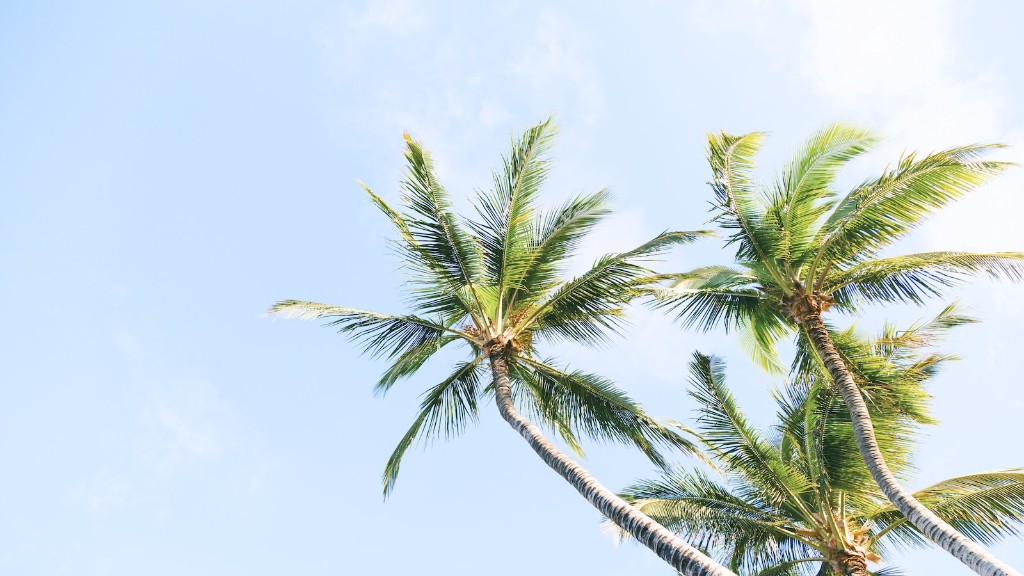Illuminating a Palm Tree
Elegant, stately and elegant, the palm tree is an ideal addition to any yard or garden. People often want to illuminate their palm trees, giving their premises a special ambiance and making a statement. Knowing how to properly illuminate a palm tree is not always straightforward, and it is vital to consider several factors to determine the best way of bringing light to the environment.
To begin with, it is important to consider the way the tree naturally looks in its natural environment. Natural trees have subsets of leaves which follow a certain design, and identifying what type of tree it is and where it grows can often guide decisions about how to best illuminate it. For example, if the tree is a tall, large-scale palm like a coconut or date palm, it will need bigger spotlights than a smaller-scale palm like an Areca or parlor palm.
Determine what type of lights to use for effectively illuminating a palm tree. The general rule is to use low-voltage LED lights which are discreet and durable, but can also give the tree plenty of light. In addition, different colored lights can be used to create unique effects. For instance, a festive yellow light complementing a standard green light may be used for a period of celebration, or a deep blue to evoke a more calm atmosphere.
The number of lights used for illuminating a palm tree is dependent on the size and type of tree, and the type of atmosphere desired. Generally speaking, a single 200-watt spotlight may be enough to illuminate a single small-scale palm. On the other hand, larger palm trees require multiple lights, placed at regular intervals all around them to create an even overall light. The lights should also be angled intelligently in order to ensure that they are not too bright, while still providing sufficient illumination to the whole tree.
Building a frame in order to mount the lights on the palm tree is also recommended. This frame should be made from a durable material like metal or plastic, and should be constructed such that it’s not visible from the front. It should also be angled to create an even distribution of light, as well as providing protection from the heat of the lamps.
In order to properly illuminate a palm tree, it is important to plan for the future. For example, if the tree is taller and may require additional lighting in years to come, it is important to consider how different types of lights can be added down the line. Similarly, if the tree is a large palm tree, it is important to determine how it can be effectively lit from the top.
Furthermore, it is important to consider how the lights will be controlled and maintained. Motion sensors, timers and dimmers can all be used to turn the lights on and off, and in order to ensure that they are always functioning properly. Additionally, wiring needs to be considered – wiring should be securely installed and in good condition in order to ensure that it is safe to use.
Cabling for a Palm Tree
Having a cabling system in place is also essential in order to ensure that the palm tree is safely illuminated. This includes expertly placing the cables in the trunk of the tree and ensuring that they are securely fastened. Alternatively, the cables can be hidden within the foliage to avoid visibility. The cables should also be connected to the appropriate wiring, such as the electrical outlet or any power source.
Cable insulation should also be taken into account – this ensures that the cables can safely and effectively handle the power required for lighting the tree without becoming compromised with time or in the event of bad weather. Transparent insulation tape is also recommended to further reinforce the cables and provide a greater level of protection.
In addition to having a good system in place, it is important to ensure regular maintenance and thorough inspection of the cables and wiring on an annual basis. This includes inspecting the cables for potential wear and tear, as well as checking the insulation for any signs of ageing. Regular inspections of the wiring also helps to identify any potential issues with the power supply and prevent any potential issues from occurring in the future.
The use of surge protectors and other safety devices is also recommended to help provide greater levels of protection should any power spikes unexpectedly occur. Surge protectors filter the incoming power, providing protection for the tree as well as for any people who might be in close contact with the tree.
Finally, it is important to ensure that all components are certified and of excellent quality in order to guarantee that your tree is robustly illuminated. This includes both the materials used and the lighting supplies, with the latter being especially important to ensure the tree is effectively lit.
Placement of Lights
Before beginning the illumination process, it is important to determine the placement of the lights around the palm tree. The best approach is to place the lights at different levels, as this will create a greater depth of light and allow certain parts of the tree to be highlighted. Additionally, the spacing of the lights should also be taken into account, as this will affect how the light is spread and how evenly it is distributed.
The positioning of the lights is also important in order to achieve the desired lighting effects, such as uplighting and downlighting. Uplighting is particularly effective when combined with downlighting, as it allows the lights to be focused on specific areas of the tree while still providing a general brightness to the environment. It is important to note that the lights should be angled properly in order to avoid any unwanted glare or lighting in undesired directions.
Finally, in addition to simply placing the lights around the tree, there are other techniques which can be utilized in order to create interesting lighting effects. For example, one such technique is creating a silhouette out of the foliage in order to provide an attractive backdrop for the lights. Additionally, placing the lights behind the tree can also create an effective and unique illuminated silhouette.
Additional Considerations
In addition to the lighting setup, there are several other aspects which need to be taken into account in order to effectively illuminate a palm tree. These include the type of soil, the tree’s water needs, and the seasonality of the tree. All of these factors will influence the type and intensity of light which is required in order to properly illuminate the tree. For example, during the summer months, when the tree is exposed to higher levels of sunlight and therefore requires more light, the intensity of the lights needs to be increased.
Furthermore, it is also important to consider the cost of the lighting system, and the cost of installation and maintenance. When purchasing lights, it is important to ensure that they have a long warranty and thus can provide a long-term solution. Additionally, depending on the type of lighting chosen, there may also be additional costs such as installation, maintenance, and repair in case of any damage.
Finally, it is also essential to consider the environmental impact of installing and operating lights around the tree. In some areas, the use of solar-powered lights and/or lights which use energy efficient bulbs will be preferred in order to reduce the impact on the environment. Additionally, repositioning the lights every few months can help to conserve energy and reduce bills.
Ensuring Safety
In order to guarantee that the tree is properly and safely illuminated, it is important to prioritize safety when planning the lighting system. This includes proper installation and usage of the lighting equipment, as well as maintenance of the system in order to identify and resolve any potential issues.
It is also essential to consider the weather and seasonal conditions. If there is a risk of high wind and rain, for example, then balancing the lights to reduce the risk of damage is essential. Additionally, if the tree is close to any foliage, it is important to ensure that the lighting system is positioned any away from combustible materials.
It is also important to ensure that the wiring, fixtures, and lights are properly and neatly installed. This will assist in creating a neat and effective finish, and reduce the risk of any accidental damage. Regular cleaning and maintenance is another crucial step in ensuring the safety of the tree, as any dirt and debris can accumulate and potentially cause damage over time.
Finally, any electrical components must meet safety regulations and standards. Furthermore, it is important to consult a professional experienced in this field in order to guarantee that the lighting system is properly installed, maintained, and that all safety requirements are taken into account.
Aesthetic Considerations
Due to the variety of lights and arrangements available, there is an almost limitless number of possible combinations for achieving the desired aesthetic. It is important to consider the environment in which the tree is situated, and the desired effect created by the illumination. This includes factors such as color, pattern, and intensity of light.
Furthermore, the nature of the lighting effects should also be taken into account. For example, if an uplighting effect is desired, then the lights should be focused on certain areas or points of the tree. Additionally, different colored light can be used to create a greater level of visual interest and provide a range of effects.
Finally, when considering the aesthetic effect of the lights, it is important to reflect on the time of day, and the time of the year in which the illumination of the tree will take place. For example, during certain seasons, the lights may be shifted or changed in order to provide a more seasonally-themed or festive look. Different color temperatures can also be explored, as this can create a greater level of emotion and atmosphere.



